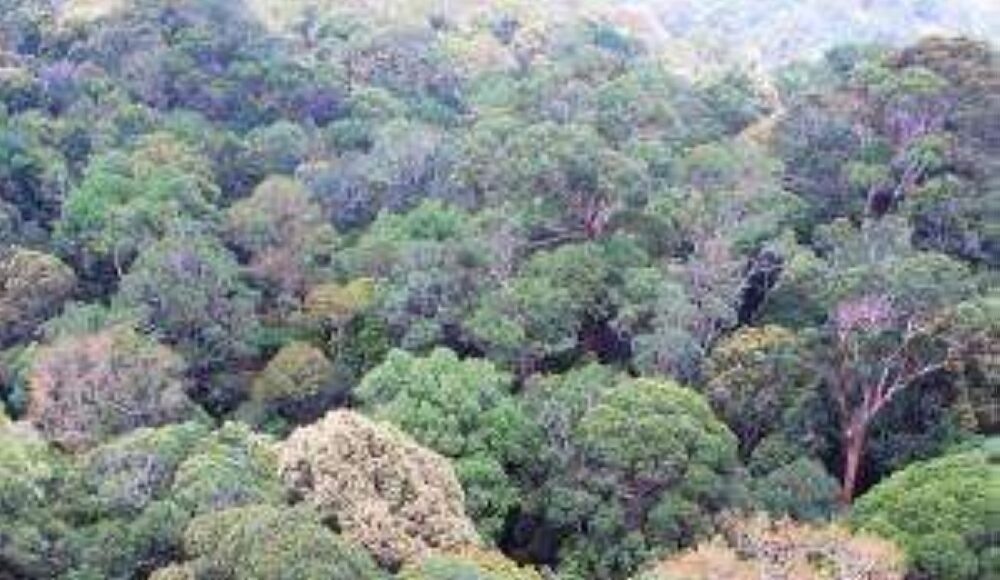MAY 23 — Imagine cruising along the PLUS highway on a quiet morning. As you pass forested stretches near Tapah, something unusual catches your eye.
The trees lining the road, usually cloaked in deep green, are now tinged with pale yellow, cream, or soft pink. You wonder, is this Malaysia’s version of spring?
What you’ve just seen may be a glimpse of one of South-east Asia’s rarest and most spectacular phenomena: General flowering.
As yesterday was the International Day for Biodiversity, it’s the perfect moment to shine a light on this little-known natural wonder, especially since it happens right here in our tropical rainforests.
General flowering isn’t your typical blooming season. It doesn’t occur every year, and there’s no fixed schedule. Instead, once every few years (sometimes after a decade), forests across South-east Asia undergo a breathtaking transformation.
During general flowering, many tree species, especially the towering dipterocarps (a key group of tropical hardwood trees), bloom at the same time.
This rare synchrony turns the forest canopy into a colourful mosaic. Not long after, trees begin to fruit en masse, and the forest floor is blanketed with seeds and fruits.
This abundance draws birds, insects, monkeys, and many other animals that depend on these resources.
If you’re lucky enough to witness it, even from a roadside, you’ll understand why scientists and nature enthusiasts speak of it with such admiration.
In temperate regions, trees often bloom in response to longer daylight hours or rising temperatures.
In contrast, tropical trees work differently. Since our equatorial forests don’t experience strong seasonal shifts, the environmental cues behind general flowering remain mysterious.
General flowering in the Lambir Hills National Park, Sarawak (2009). — Photo courtesy of University of Zurich
Researchers believe that short dry spells and small drops in temperature may play a role.
Some studies suggest drought-like conditions can trigger flowering in dipterocarps, but the pattern remains too inconsistent to predict future events reliably.
Despite years of research, general flowering continues to be one of the great puzzles of tropical forest ecology.
Malaysia is home to some of the most biodiverse rainforests on the planet. Events like general flowering help maintain that biodiversity by supporting food chains, regenerating forest life, and ensuring ecological balance.
However, our forests are facing growing threats. Climate change is bringing more frequent droughts and unpredictable weather, which could disrupt the natural signals that trigger general flowering.
If these events become less frequent or weaker (in intensity), the entire forest ecosystem could suffer, including the animals and communities that depend on it.
We also benefit directly from healthy forests. They help regulate our water supply, protect us from floods, and serve as carbon sinks.
Indigenous and rural communities rely on them for food, medicine, and livelihood. Disrupting these natural rhythms puts all of that at risk.
There’s also untapped potential in general flowering as a unique eco-tourism and education opportunity.
With the right approach, Malaysians and visitors alike could witness this natural spectacle while learning more about the importance of conservation.
So, the next time you notice trees blooming in synchrony along the highway, don’t just admire the view. You might be witnessing one of South-east Asia’s most remarkable natural events.
This Biodiversity Day, let’s take a moment to appreciate these wonders and renew our commitment to protecting them. Because when the forest blooms together, it reminds us just how connected and valuable, our natural world truly is.
*Ahmad Husaini Suhaimi is a senior lecturer at the Centre for Foundation Studies in Science, Universiti Malaya (PASUM), and Associate Member, Centre for Research in Biotechnology for Agriculture (CEBAR), Universiti Malaya. He may be reached at [email protected]
**This is the personal opinion of the writer or publication and does not necessarily represent the views of Malay Mail.





